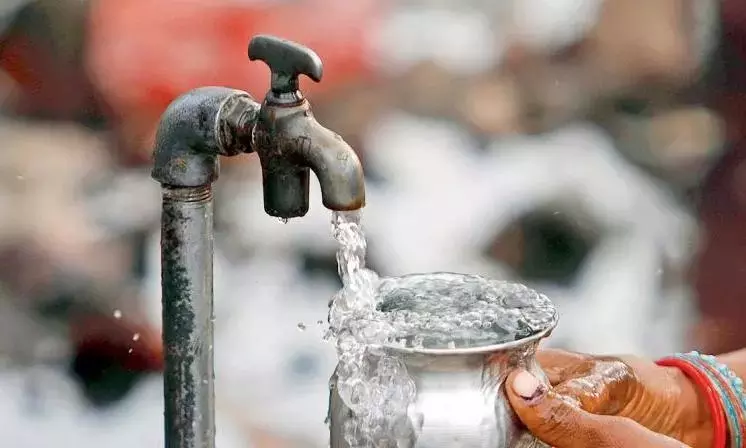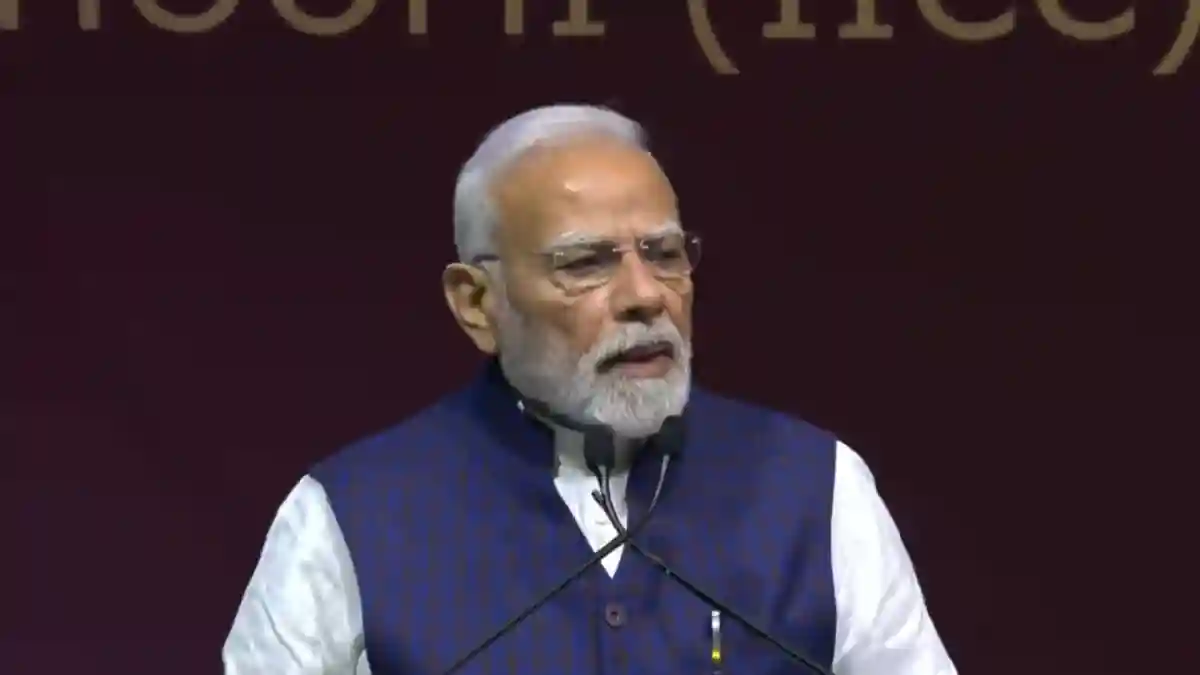By Guest Post
Copyright deccanchronicle

From Punjab’s fields to Bengaluru’s lakes to Maharashtra’s farming lands, India’s water story defines our existence, our civilisation and now they are reeking of warnings. This is indeed a crisis that calls for an act of radical reimagination of how we value, govern, and revive water. Across boardrooms, gram panchayats, and digital dashboards, a new water ethic is emerging that intends to blend tradition with technology, community with corporate innovation, and scarcity with stewardship. India’s water challenge is vast, but so is its opportunity.India is the world’s largest extractor of groundwater, nearly 60% of it supports agriculture, and over 85% of drinking water comes from aquifers. Cities like Bengaluru and Chennai have faced Day Zero risks, and regions such as Punjab, Haryana, and Rajasthan report over 70% of blocks classified as water-stressed. Yet these data points tell a story of awakening and, to some extent, apprehensions for a nation recognizing that solving water challenges is a shared mission.At the recently held Amazon Water Dialogues (AWD) 2025, officials, corporates, and civil society framed water scarcity as a moment of collective clarity and a launchpad for joint action. It is through platforms like these allowing discourse that we can move beyond siloed efforts and co-create solutions rooted in local context, scientific insight, and shared accountability. These platforms allow us to align visions, mobilize resources, and build the trust necessary to transform water stewardship from isolated interventions into a unified movement. Participants present at AWD concluded that water must be addressed as a core development priority intersecting with health, agriculture, education, and urban planning—not merely an environmental or sanitation issue.Innovation Meets Heritage – How to Chart a Dual Path ForwardIndia’s strength lies in combining traditional infrastructure namely baolis, johads, tanks with advanced technologies such as AI-enabled sensors, IoT-enabled analytics, smart metering, micro‑irrigation, and systems driven by reclaimed water. Globally, companies have been participating in global water stewardship using this dual approach, creating opportunities by building data centres that have reduced water‑use intensity since 2021.In India, companies like Amazon have committed to returning more water than they use by 2027, supporting lake rejuvenation projects in Bengaluru, Hyderabad, and the Yamuna floodplains. Globally, they expect to return over 8 billion litres of water annually to communities through freshwater replenishment efforts. These efforts revive ecosystems and serve as models of community resilience. Further, Bosch has made deep efforts in lake and pond rejuvenation, whereby the company worked closely with the State Government of Maharashtra to revive waterbodies, aligned with the state’s ‘Jalyukt Shivar’ scheme.Hyperlocal Governance with Broad VisionWater solutions in India are most effective when rooted in local contexts. A district- or community-level approach that tracks data on pollution, rainfall variability, and climate impacts is essential for a nuanced understanding of the water challenges at hand. For instance, coastal Odisha, with abundant water, focuses on improving efficiency, while mining-heavy regions like Sundargarh prioritise pollution control. Effective water management emerges when district-specific realities guide design.Water governance is not just about infrastructure, but it is also about agency and inclusion. Women, who frequently bear the daily burden of water collection, must be central to solutions. Digital water ATMs, women‑led SHGs for water testing, and community forums such as Jal Chaupals empower the next generation of stewards. When combined with data mapping and district‑wise water governance charters, such inclusive approaches can catalyse change across communities.Blended Finance Can Turn Imagination to ImpactWhether building climate-resilient data centres or restoring lakes, a 3-P approach: Protect, Preserve, Promote, offers a guiding ethos for India’s water journey. Protect existing ecosystems by rejuvenating catchment areas and wetlands; Preserve water through circular practices like reuse and efficient irrigation; Promote awareness, partnerships, and local leadership to embed sustainability at every level. It is within this structured, purposeful approach that blended finance and cross-sector alignment can truly thrive.Funding is ample when imagination aligns with finance. Some commonly discussed subjects include how departments and initiatives like MGNREGA, Irrigation, Fisheries, and PWD can pool resources for traditional pond restoration. The key is to build a sensible budget that allows creative convergence, supported by policy flexibility and anchored in local leadership. Blended finance, from CSR and climate funds to international investments, shows how corporates can elevate grassroots solutions to scale. This has the potential to …



